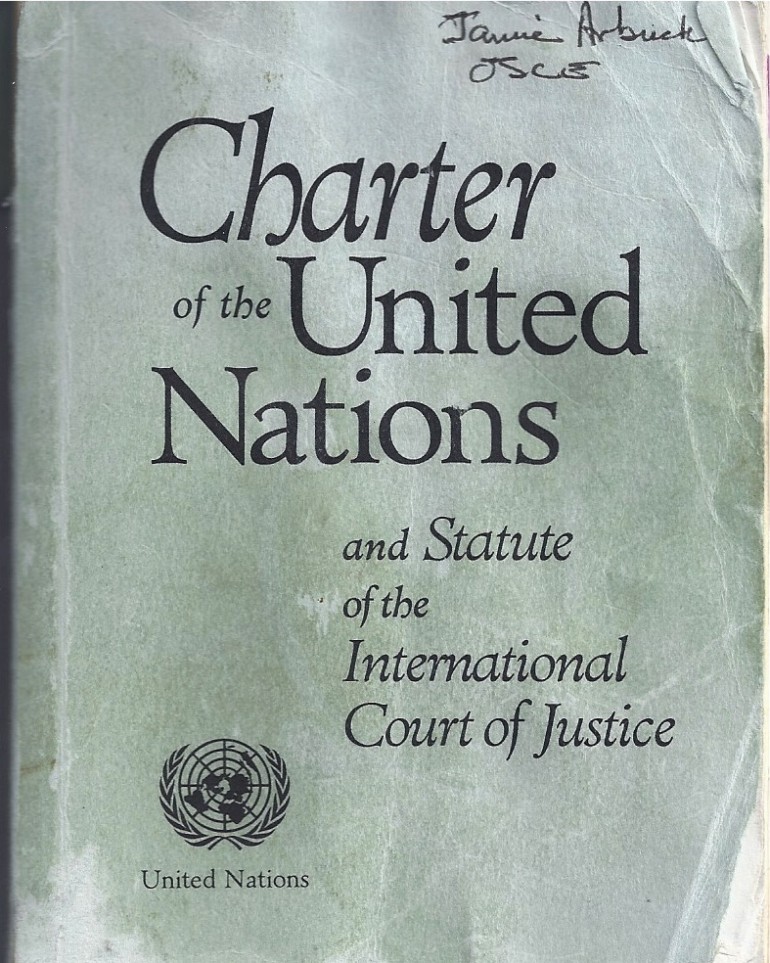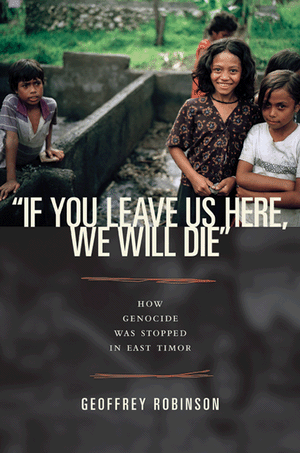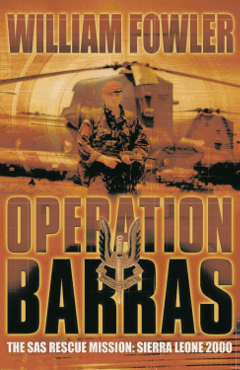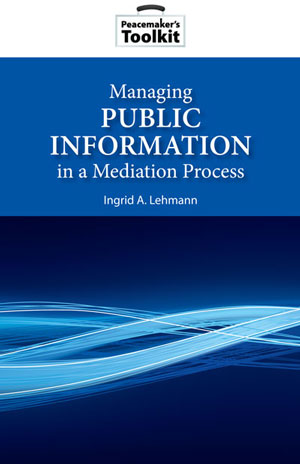Introduction
In the course of a 37-year military career, which included UN peacekeeping missions in Cyprus, Bosnia-Herzegovina, Serbia and Croatia, I never once read or even saw a copy of the Charter of the United Nations. I don’t know of any other officers who did, nor did I ever even hear it discussed. And, as for our understanding of our employment and of our missions, that was pretty much it for my generation of officers. And still it seems today that much current debate, even at very high levels, is little better informed and no less careless of details than were my generation.
This is just not good enough. Ill informed debate is not useful discussion, and we have learned the hard way that unrealistic expectations produce ill judgement, which can and often does lead to self-fulfilling prophecies of failure.
To the extent that the United Nations is the pre-eminent system and authority for, inter-alia, the maintenance of international peace and security, and to the extent that we really do care about these issues, we need to know the Organization better, and there is no better way to know this Organization than through familiarity with its mighty Charter. (As you can see from the illustration above, I have since put a lot of miles on my copy of the Charter, even, as you can also see, while I was in fact working Chapter VIII.)
The Charter of the UN is a remarkable document. Drafted in 1945, and entering into force just six months after the drafting, it has been amended on only four occasions, the last over 40 years ago.
We will in this article describe and explore the following Chapters of the Charter of the United Nations:
Chapter I: Purposes and Principles
Chapter III: Organs
Chapter IV: The General Assembly
Chapter V: The Security Council
Chapter VI: Pacific Settlement of Disputes
Chapter VII: Action with Respect to Threats to the Peace, Breaches of the Peace, and Acts of Aggression
Chapter VIII: Regional Arrangements













